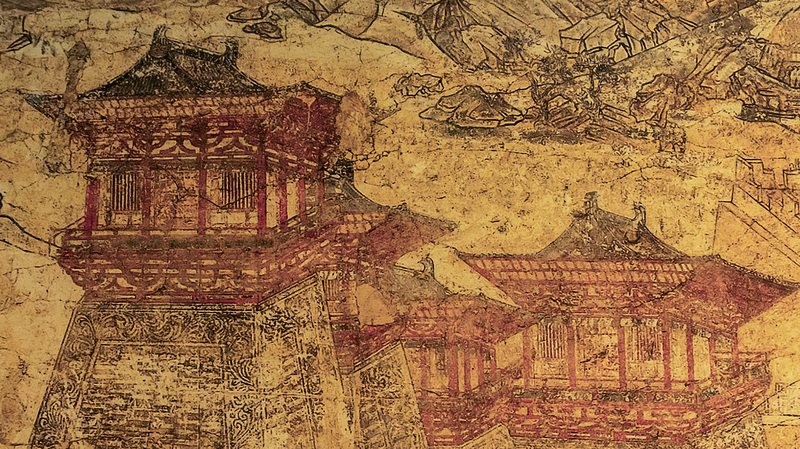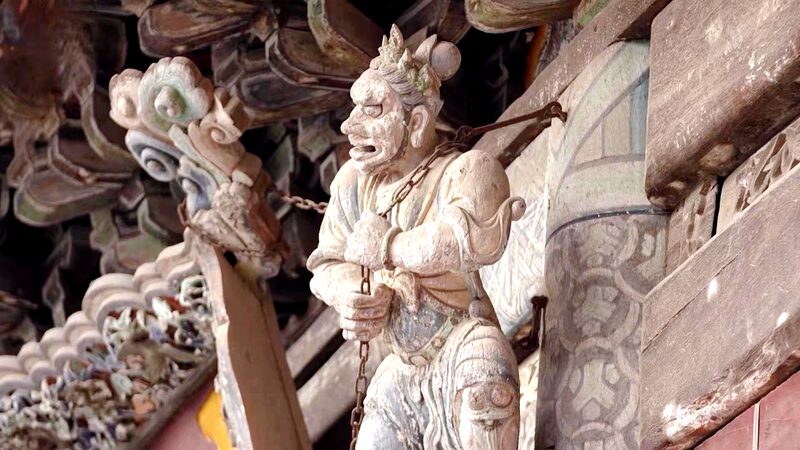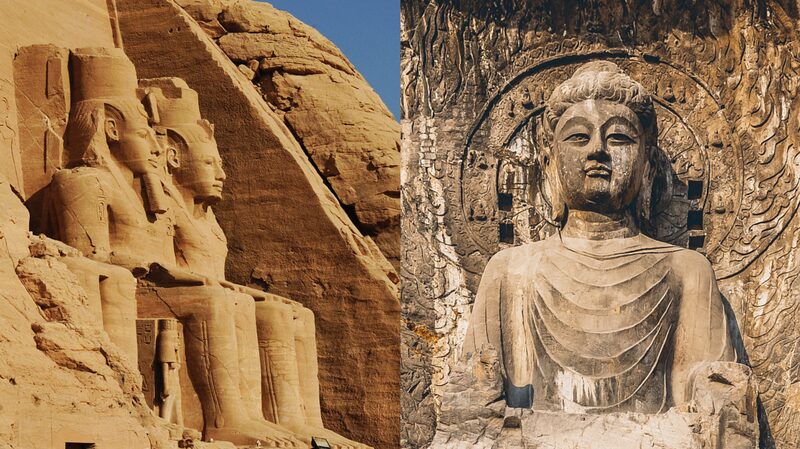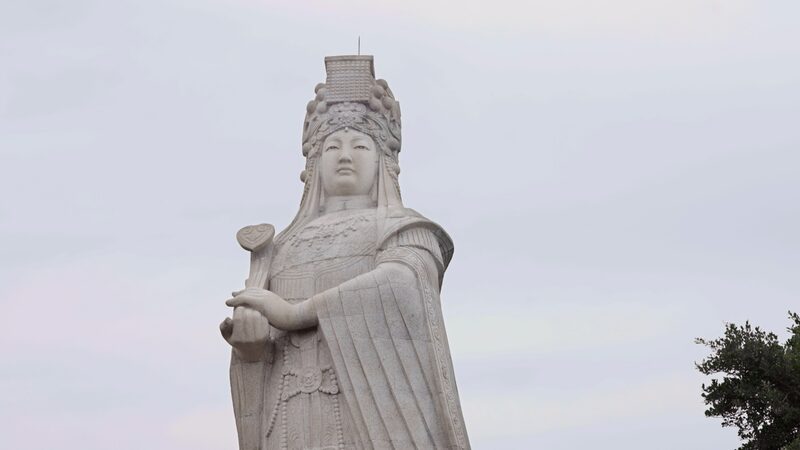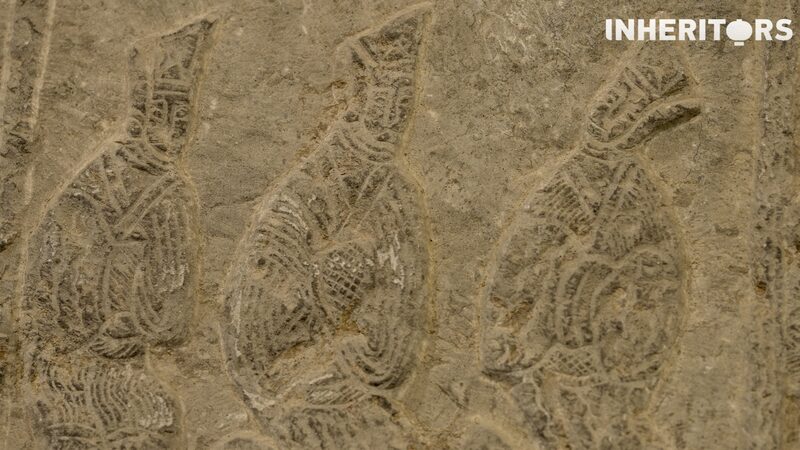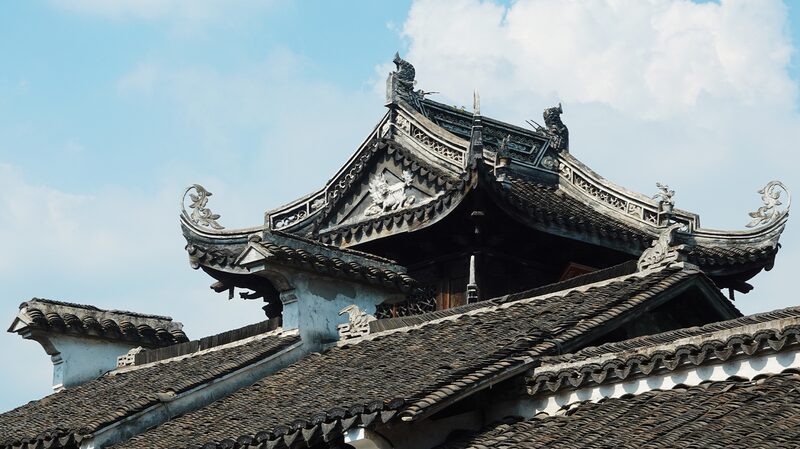In ancient China, towering stone structures known as que stood as silent sentinels of authority, blending architectural ingenuity with profound cultural symbolism. Originally built as functional watchtowers during the Zhou Dynasty (1046–256 BCE), these monuments gradually transformed into ceremonial gateways, marking the boundaries of palaces, temples, and imperial mausoleums.
From Fortification to Ceremony
Early que served military purposes, offering vantage points to guard strategic locations. Over centuries, their role shifted toward reflecting social hierarchy. By the Han Dynasty (202 BCE–220 CE), they became markers of prestige, reserved for the homes of nobles, government offices, and sacred sites.
Designs That Defined Status
The most striking que configurations—standalone, paired "mother-child" structures, or grand trios—revealed strict societal codes. A trio featured a central "mother que" flanked by two smaller "child que," a design exclusively reserved for imperial use. These imposing formations framed entrances to palaces and emperors' tombs, symbolizing the ruler's supreme authority and the divine mandate of the empire.
Scholars note that the que's evolution mirrors broader shifts in Chinese governance, where architecture became a tool to legitimize power. Today, surviving examples, such as those at the Gaoyi Que in Sichuan Province, offer insights into the ceremonial grandeur of ancient China.
Reference(s):
Guardians of power: The ceremonial role of que in ancient China
cgtn.com
